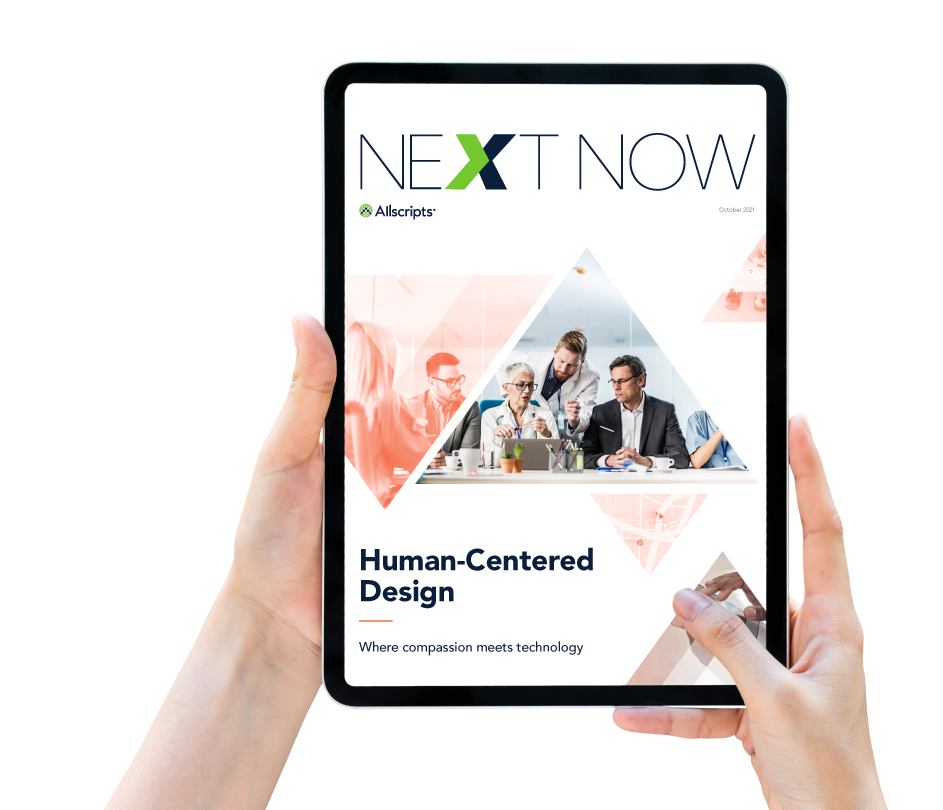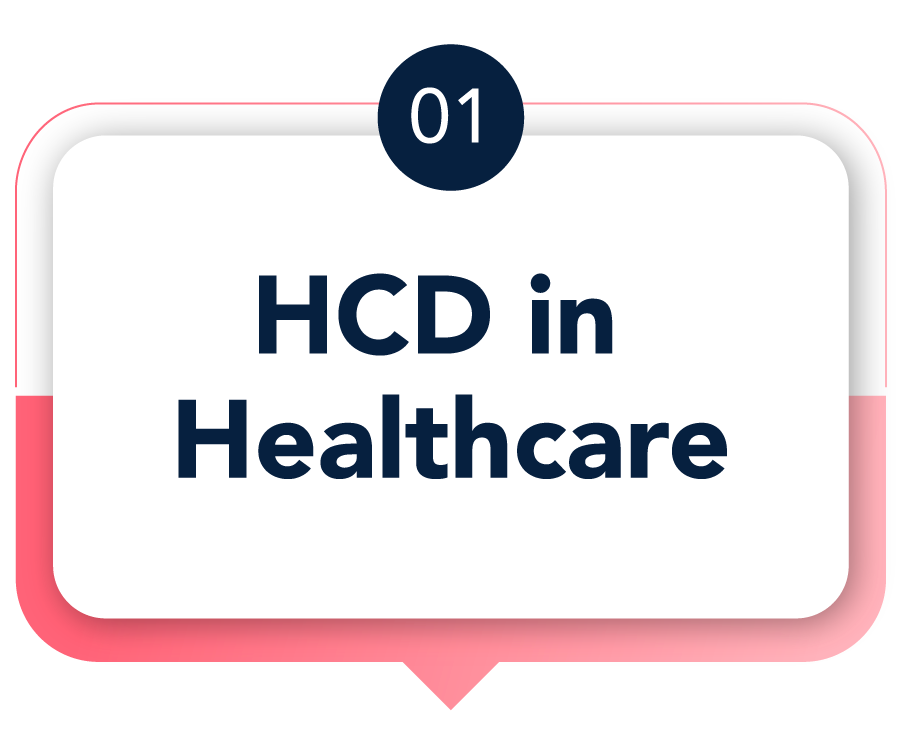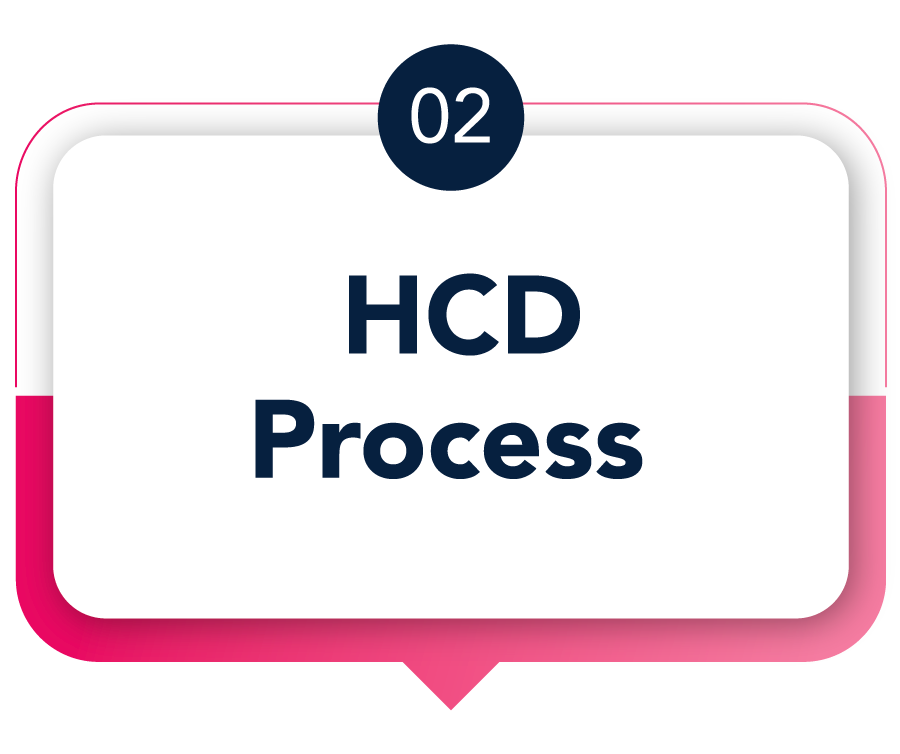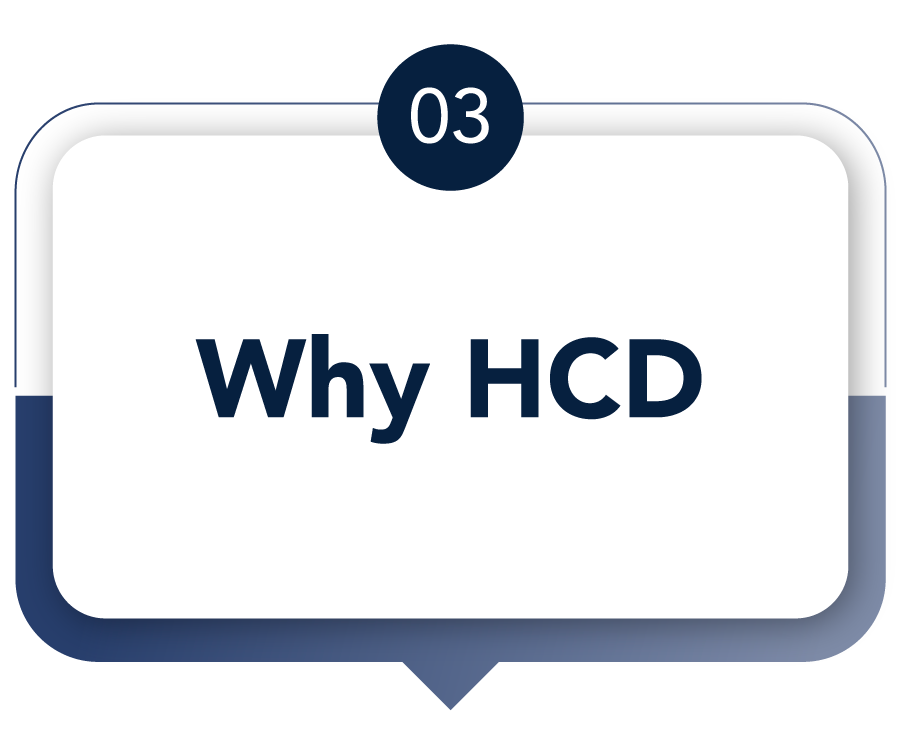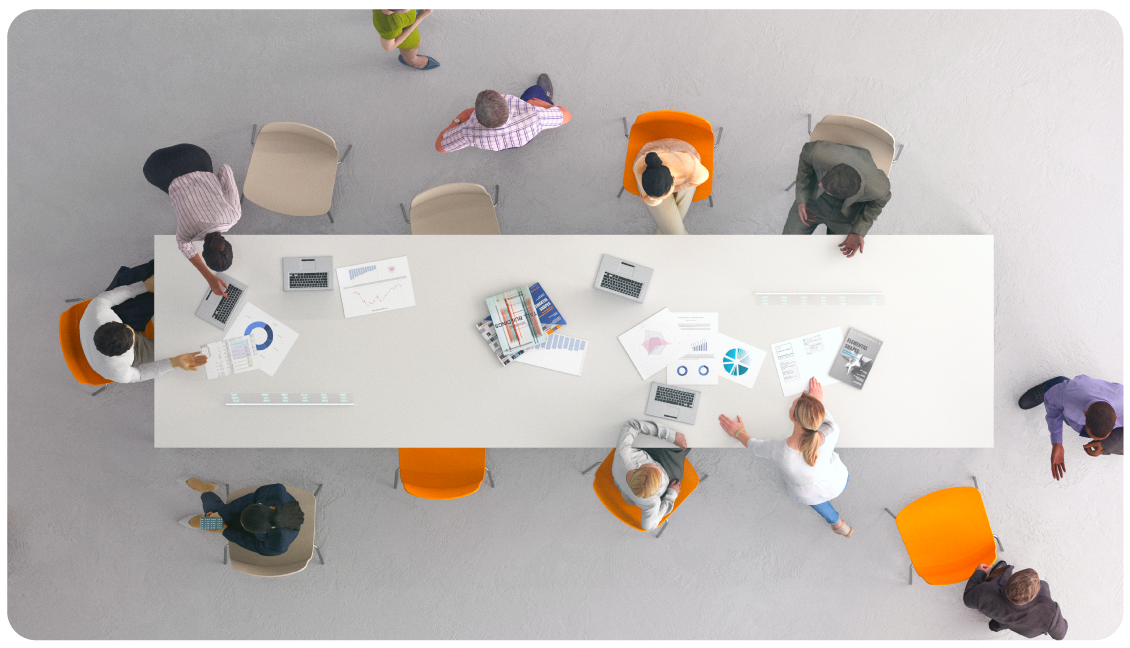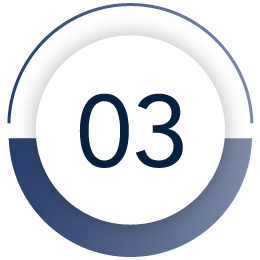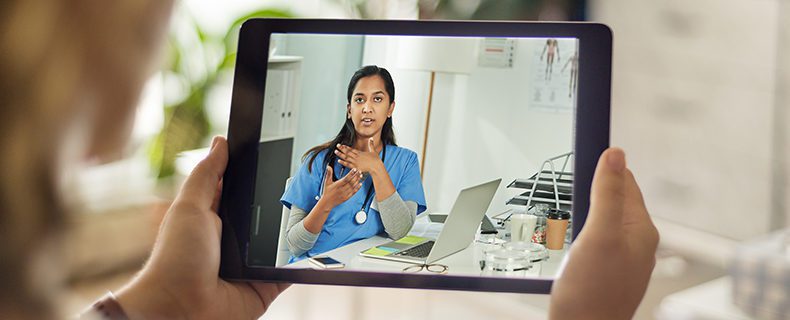Human-Centered Design:
Enriching Tech Users’ Lives
Over the course of the last century, technology has boomed. Quickly progressing innovations ushered in a new way of life for individuals, families, communities and businesses. For example, in such a short time, rotary landline telephones evolved through many phases to the smartphone. It’s clear that one of the primary goals of such vast innovation is improving the user’s experience. Whether it is expanding the options for connection—to other people and to commerce—or streamlining the user’s day by promoting convenience and quicker transactions, technology will always aim for higher levels of usability.
The concept of usability is by no means new. As the pace of life across continents continues to increase, technology leaders will search for new ways to make their technology interfaces as user-friendly—and user-centric—as possible.
But is usability alone enough? Or is the concept of the user navigating through optimized workflows for a more efficient result becoming stale?
When deconstructed, the term “user” is ambiguous, suggesting that the process of using technology outweighs actual humans’ wants, needs and emotions. Human-Centered Design (HCD) homes in on the core personas of the people, the humans, who rely on technology to help enrich their lives. From connecting with others effortlessly, to enhancing transactional experiences (online banking is a good example), we believe technology needs to be designed with the human experience at the center. At Altera Digital Health, we apply the Human-Centered Design methodology to our electronic health record (EHR) solutions with the hope of enabling the clinicians who use our technology to experience joy by avoiding the often-cumbersome nature of technology. Many of the humans using our EHR Solutions are clinicians, and if we can help support a better experience, can reduce clinician burnout and help drive better patient care. Humans helping humans remains at the core of everything we do. As you continue reading, you’ll gain a deeper understanding of how Human-Centered Design principles can help healthcare professionals deliver the care their patients expect while enjoying using our technology solutions and help drive better patient care. Humans helping humans remains at the core of everything we do. As you continue reading, you’ll gain a deeper understanding of how Human-Centered Design principles can help healthcare professionals deliver the care their patients expect while enjoying using our technology solutions.

Human-Centered Design Technology and Healthcare
As design methodology becomes increasingly more important in the healthcare space, it is imperative for industry leaders to select products that will support their staff members—as both clinicians and humans. The Human-Centered Design process has the potential to create exceptional experiences by understanding human needs at an intrinsic level and meeting those needs with seamless EHR solutions. These solutions must be empowering, as clinician burnout runs rampant throughout the industry at large. Led with compassion but driven with data, Human-Centered Design is the future—not only for technology as a whole but for healthcare especially.
Human-Centered Design thinking can be used to see beyond the blind spots of technology, supporting providers’ core and inherent needs. For the healthcare industry, there are several benefits of taking a Human-Centered Design approach.
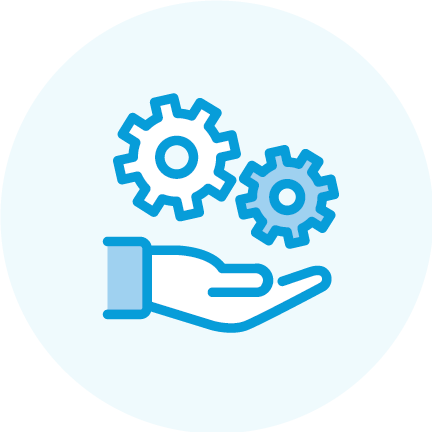
Discover the best way for solutions to be crafted
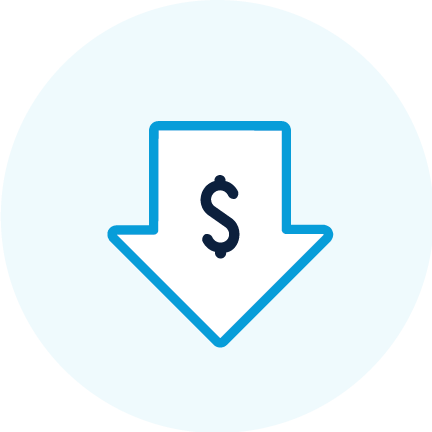
Cost reductions

Enhance solutions beyond typical functionality
First, developers have the opportunity to fail early and fail often. While designing this technology, failure ensures designers can learn as much as they can before the product is developed. This not only saves major costs, but it also saves time in the long term. In an ideal world, failure wouldn’t need to be a part of the process, but it helps designers discover the best way for solutions to be crafted. These solutions aren’t just based on a data-driven approach, but also must be created for a more human touch. Failure early on in this process enables designers to pair their analytical findings with empathetic approaches, creating the best possible results for the care continuum.
Further, the success of human-centered design is not new, with methodologies dating back to the 1980s. Even when it began, Human-Centered Design yielded major cost reductions. Recently, McKinsey and Forrester reported Business Design-centric companies outperform the S&P 500 by 200% and have a return on investment of more than 300%. These numbers indicate the inherent success of Human-Centered Design. Since then, these processes have improved, and the solutions created ensure a balance between data-driven technology and human-centered approaches.
Finally, with Human-Centered Design thinking, the aim is to build the right thing. A part of the design process is to reveal opportunities that enhance solutions beyond typical functionality. These revelations can take a solution from “good” to “great,” and more importantly, uncover a more innovative human-centered technology. By defining scope, researching, understanding the research, ideating and prototyping, discovering the best possible solution is within reach—remaining the constant aim of Human-Centered Design. The market needs products that speak directly to the humans being served; in the healthcare space this can range from clinicians to patients and everyone in between.
By failing early and often in the beginning of prototyping and referencing the past successes of the Human-Centered Design process, building the right solution is within reach. These benefits come together to create empathetic, data-driven solutions that help support every level of care throughout the continuum. Humanity and healthcare are already intertwined; therefore, Human-Centered Design only enhances this relationship. Together, the market is enabling a more streamlined way of delivering the best care possible, through the most innovative, human-focused solutions.
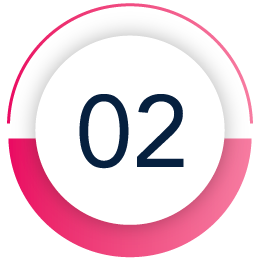
Defining the Human-Centered Design Methodology and Process
User-centered design and Human-Centered Design (HCD) may sound similar but at each methodology’s core, they are different—with different approaches and different goals. A quick breakdown: User-centered design focuses on details within a user interface and prioritizes the individual user experience instead of focusing on how all users across the system fit together in a larger environment. Conversely: Human-Centered Design focuses on the larger ecosystem of the human experience. Specifically, it seeks to serve not only the human using the product, but the organization that employs that human and all other people connected to that human and the product.
The methods and processes of Human-Centered Design ensure all design, development and product team members are creating the right things for the right reasons. To gain a deeper understanding of the differences between User-centered design and Human-Centered Design, let’s explore the Human-Centered Design process from beginning to end.
At Altera, we take it one step further by following a “co-creating” methodology. Co-creates are hour-long, one-on-one feedback sessions wherein a designer regularly meets with a client partner that currently uses our products. During these sessions, the two work together to identify problems, and they look at new possibilities for the experience. It is a time to innovate together for a brilliant new outcome.
The Human-Centered Design process and methodologies can solve any problem no matter how small or large. And with the power of our client partners, we are creating a streamlined way of delivering the best care possible with the most innovative, and human-centered technologies.
Co-creates during the development of Sunrise Air resulted in a System Usability Score (SUS) of 87.5%, in a field where 68% is the target score for usability. In fact, the SUS score of Sunrise Air is better than 99.5% of all other enterprise software. “If we had [the mobile app version], it would be worth upgrading to a new phone,” said one participant. “Everything I’d look at is right on the patient card. Just tap in and get to the data. No menus.” And the benefits of co-creates don’t stop at functionality. They address every potential to improve the experience, even down to font size. “The larger letters—it's just amazing. You know, a lot of us wear glasses,” said one of our clients.
Making the Case for Human-Centered Design
Traditional electronic health records (EHRs) demonstrate how solutions designed without user input along the way can exacerbate issues with technology and create entirely new ones.
EHRs were supposed to transform healthcare for the better; moving from paper records to electronic systems was to improve patient outcomes and bring new efficiencies to clinical, operational and administrative functions.
Based on this premise, the United States federal government allocated $27 billion to stimulate adoption of EHRs following the Health Information Technology for Economic and Clinical Health (HITECH) Act, signed in 2009. Today, more than 95% of hospitals have implemented certified EHR technology. But a push for adoption over usability has brought on other consequences, such as:
Amid these swirling issues, the practice of medicine and what it means to be a clinician have fundamentally changed. One study, published in the Annals of Internal Medicine, found that physicians spend an average of 16 minutes and 14 seconds using EHRs for every patient they see—longer than the typical 15-minute patient visit. In addition, it is well established that there is a strong relationship between EHR usability and clinician burnout.
Building EHR technology that is easy to use is no longer an option, but a requirement. Projections show that in the next ten years, the nationwide physician shortage may reach nearly 122,000, and we are seeing similar predictions for advanced practice providers, nurses and other healthcare professionals. With the growth of the aging population and prevalence of chronic conditions, we cannot afford to lose clinicians due to poor EHR usability.
Building seamless experiences
Altera Digital Health is rewriting this narrative by prioritizing ease of use with the EHR—and experts have taken note. In 2015, the American Medical Association ranked Altera as the number one EHR system on usability principles. And in 2017, KLAS found that providers leveraging Altera EHRs spent the least amount of time documenting.
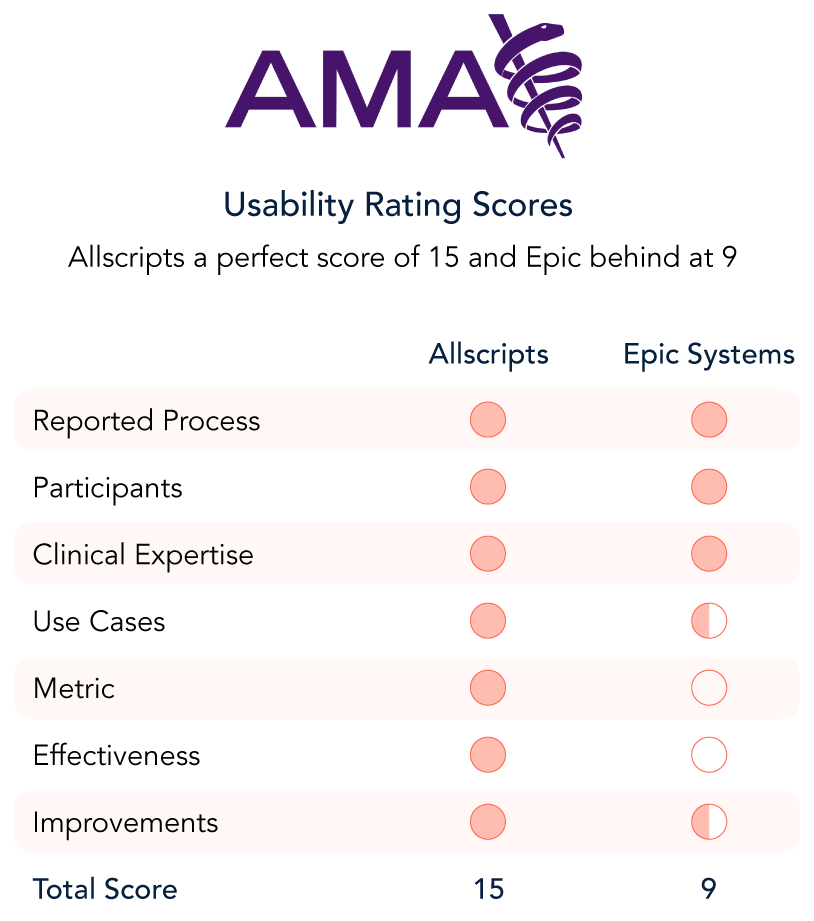
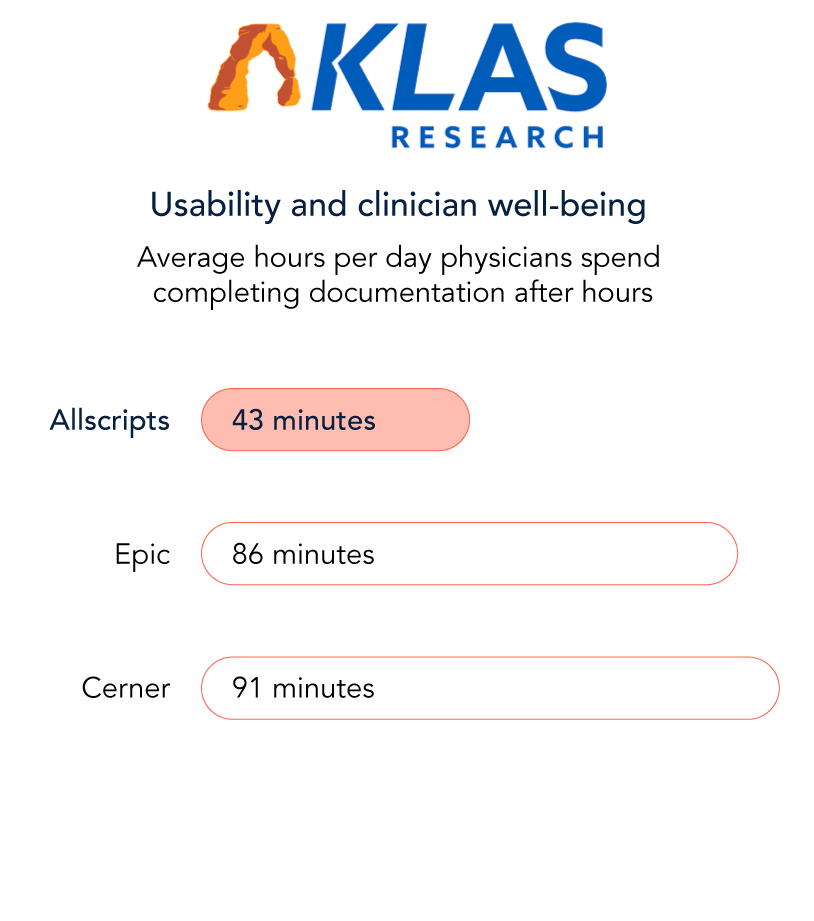
Since those reports were published, we’ve been investing even more in developing the right technology for the right people, based on Human-Centered Design (HCD) principles. HCD, also called “design thinking,” is a series of methodologies and processes that enable designers to deeply understand the needs, constraints, contexts, behaviors and desires of humans that use a product or service. Unlike traditional software development, HCD focuses on building empathy with the humans who use the software to help solve their problems.
While HCD isn’t new, it is underutilized in healthcare. And it’s also effective. Don’t just take our word for it—listen to the real people using our technology. Solve Research’s 2021 EHR Usability Study asked clinicians to rate their EHR system based on efficiency, effectiveness, and learnability. When stacked up against EHRs from other HIT developers:

Sunrise™ ranked #1 for ease of use
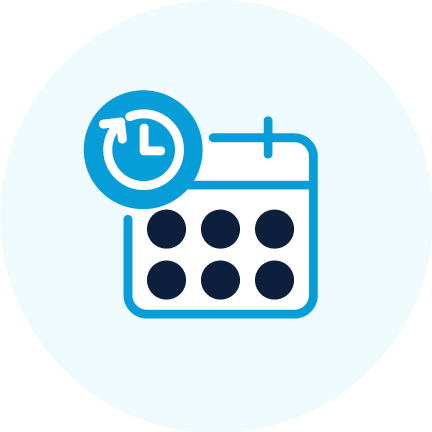
Sunrise had the lowest number of months necessary to feel confident with the EHR

Sunrise was the only EHR deemed usable by physicians
The work does not stop here. As we iterate on our solutions and bring new ones to market, we will continue designing with clinicians every step of the way so we can equip them with the technology they need to care for others. Effectively and efficiently.
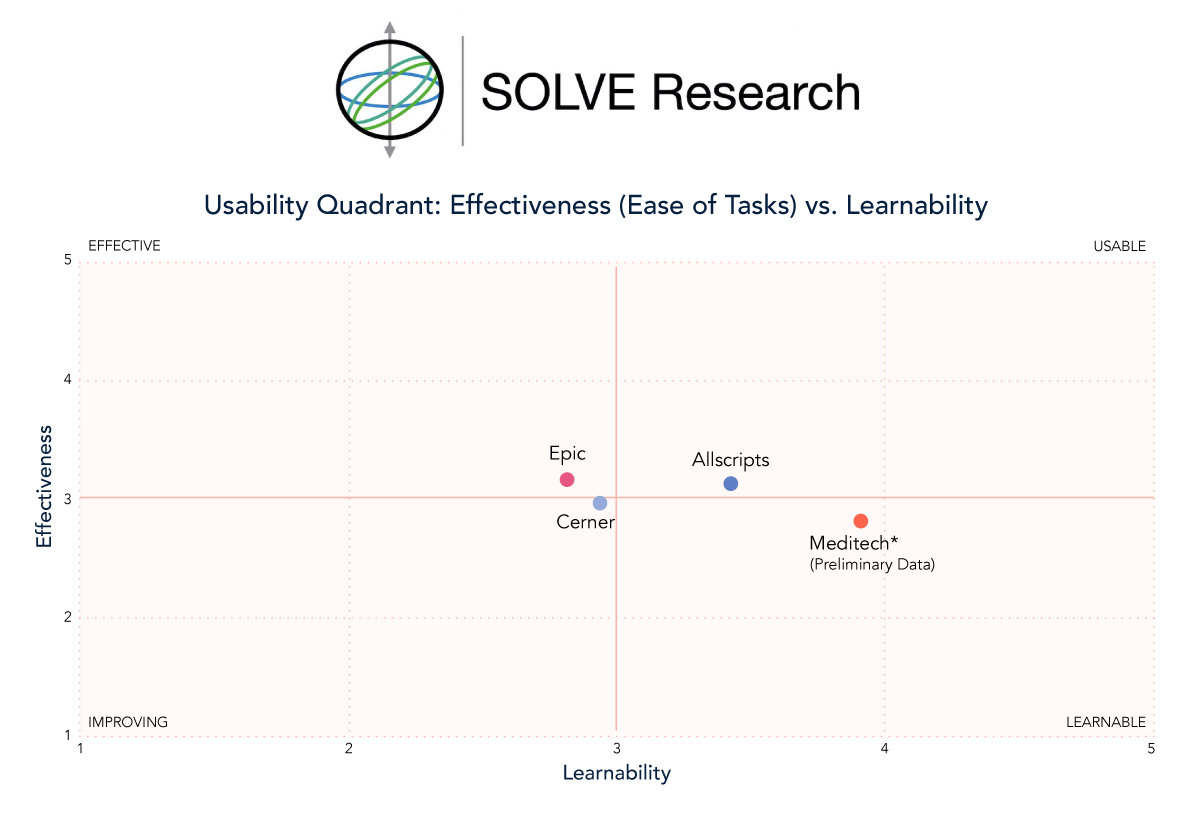
Clinicians praised Sunrise for its “tremendous capability” to accommodate the needs of both clinicians and hospitals and for its “flexibility for building workflows.”
Let’s connect
Discover how we can partner with you and, together, ascend to new heights in healthcare delivery.
Insights
Learn from thought leaders and industry experts on today’s most pressing healthcare topics, including value-based care, interoperability, reimbursements, genomics, and more.

